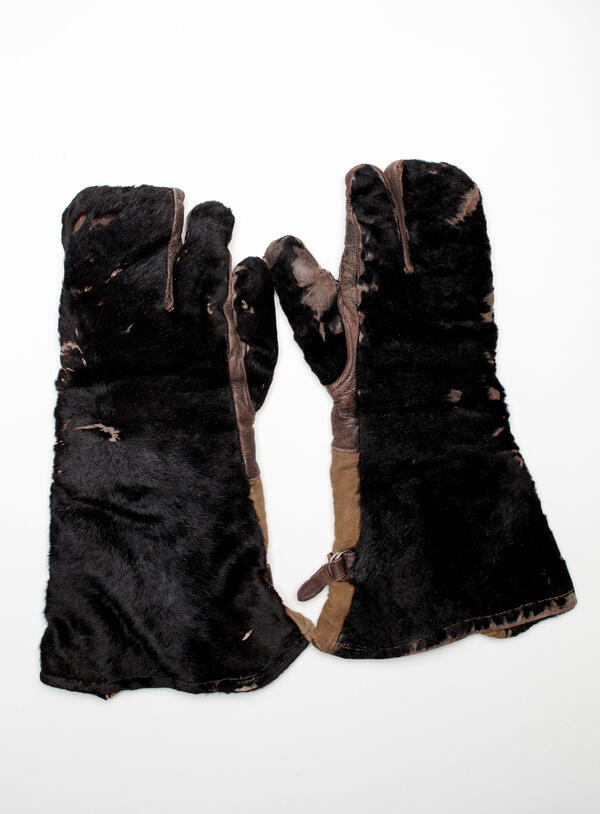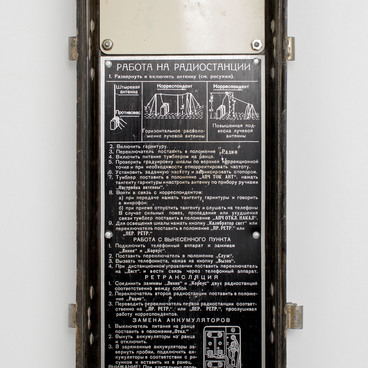Three-fingered leather kragi mitts insulated with fur are designed to work in the conditions of the Far North. Kragi are a kind of warm gloves or mittens with long and wide cuffs. They provide better protection for the wrists and hands from the cold, because three or four fingers are always in one compartment. It is much more difficult to keep one’s hands warm in regular gloves, where each finger is in a separate pocket.
Kragi gloves are an integral part of the Northern peoples’ national costume for both children and adults. Severe frosts and the need to do manual labor prompted people to wear protective gloves over knitted warm mittens. No wonder there was a saying: “Need made the glove and the mitten relatives.” There are several versions regarding the origins of the Russian word “varezhka” (mitten). According to one of them, they got their name after the practice of shrinking woolen gloves by boiling (“varit” in Russian).
A double set of hand protection was especially necessary for fishermen who worked with wet seines. Hunters who set up traps and pressed the triggers of homemade guns had special gloves — with a compartment for the index finger. Leather pads and kragi gloves helped keep hands dry during long journeys through the forest.
Traditionally, kragi gloves were made of deer leather and fur. Northern Karelians also used dog fur. Warm mittens were knitted from sheep wool in two ways — on five spokes and with a single needle. Knitting with a needle is a very old craft, which ethnographers also call “craft magic”. Karelian fishermen knitted horsehair mittens — they possessed water-repellant properties and protected from calluses.
The woolen mittens of a craftswoman were decorated with geometric patterns or embroidery. It was required for knitted mittens to be beautiful, as they were part of not only everyday, but also festive attire. No northern wedding could do without mittens: even in autumn, the groom was obliged to wear mittens at the wedding and took them off only when he sat down at the table.
Covering a wedding table with a tablecloth was also done in mittens. They served as a talisman from the moment of matchmaking: when entering the house, potential in-laws politely asked the girl’s parents from the front door if they could put their mittens on the shelf. If the owners allowed this to be done, the matchmaking could take place. And if the owners refused, the guests had to leave the bride’s house.



